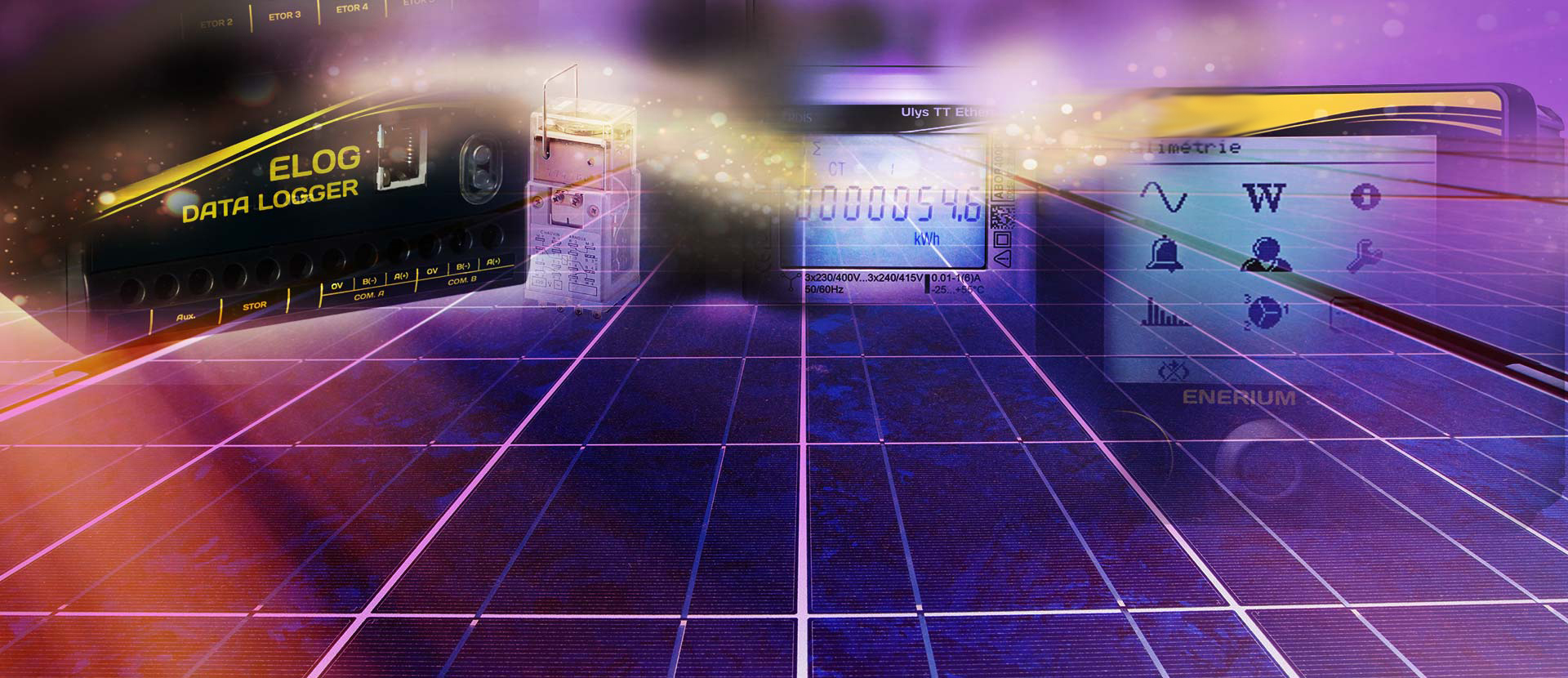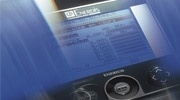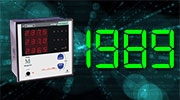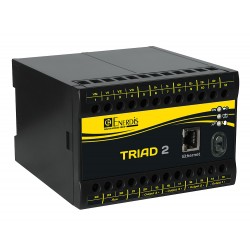
The quality of electricity is a strategic concern for energy suppliers, staff maintaining or managing tertiary or industrial sites and electrical equipment manufacturers.
The cost of disturbances (outages, voltage dips, harmonics, voltage surges, etc.) may be particularly high and cause significant financial losses: production shutdowns, wastage of raw materials, malfunctions of lighting, computers and security systems which may threaten people's safety (hospitals, airport lighting, etc.). This means it is important to optimize the operation of electrical installations by detecting any electromagnetic disturbances liable to affect the operation of industrial equipment and processes.
Often implemented following operating incidents or malfunctions, corrective measures can only be applied after precise analysis of the electrical network:
• Collection of the network information (types of loads, ages of the components, etc.)
• Identification of the equipment affected by the disturbances
• Environmental conditions (humidity, dust, temperature, etc.)
• Installation of fixed measuring equipment for constant monitoring of the installation in order to detect and record the event which originally caused the problem (threshold overshoots, waveforms, harmonics, etc.).
Compliant with the EN 61000-4-30 Class A standard, the products in the MAP range record the relevant parameters and, by means of associated software, provide continuous, detailed and comprehensive analysis of the quality of the electricity supplied, in accordance with the applicable standards. Whether you choose a plug & play single-phase analyzer or permanent or non-intrusive three-phase analyzers, all these Chauvin Arnoux Energy products measure all the parameters of HV/MV/LV electrical networks.
The Enerium 300 power monitor can also be adapted for network analysis at the LV general switchboard (internal quality of the networks downstream from the point of supply). This power monitor is ideal for analysing events on the network (voltage dips, outages, surges, etc.) according to the EN 50160 standard.
















